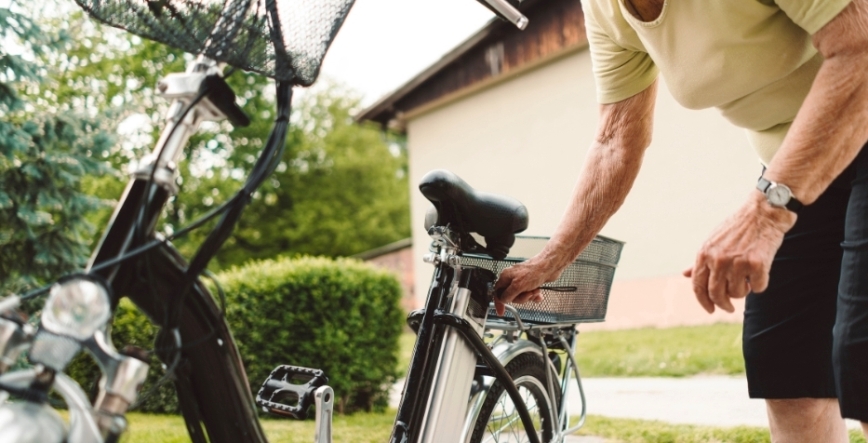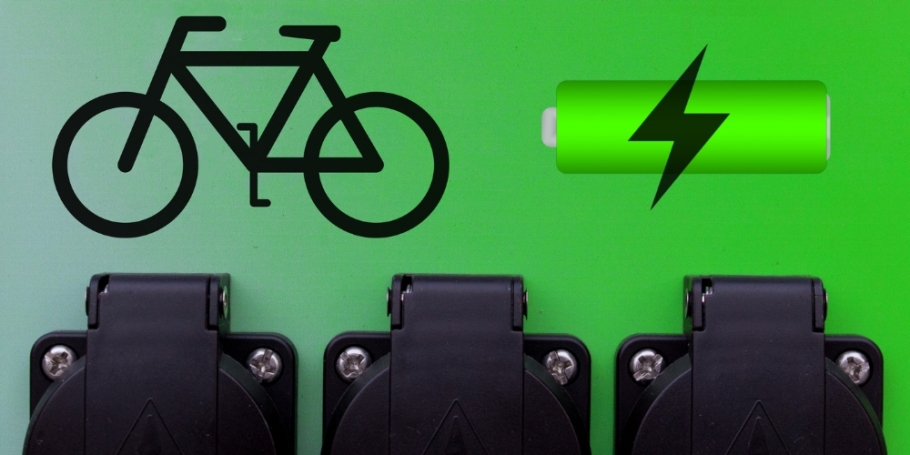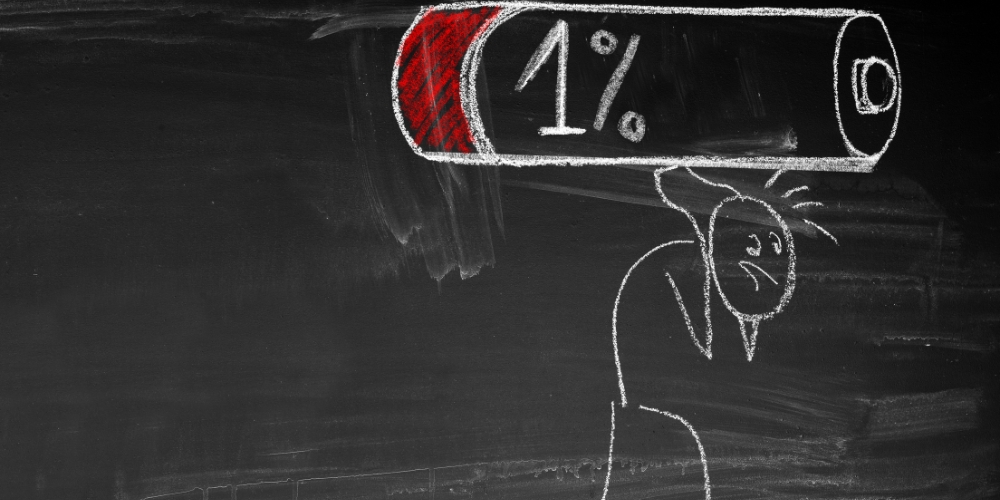Electric bike troubleshooting guideic bikes have become increasingly popular over the years due to their many benefits, including their eco-friendliness, convenience, and affordability.
However, like any other vehicle or machine, electric bikes are prone to issues that may need troubleshooting.
In this article, we’ll discuss some common electric bike problems and how to troubleshoot them.
Causes and remedies for bike malfunctions
Regardless of the make, type, or model of an e-bike, there are common issues that owners may encounter.
To assist in troubleshooting these issues, below is a quick guide outlining the problems and their solutions.
The electric bicycle won’t start
The electric bicycle not starting is a common issue that e-bike owners may encounter at some point.
It is frustrating to encounter this problem, especially when you are all geared up for a ride. However, the good news is that the cause of the issue is usually straightforward, and the troubleshooting process can be relatively simple.
The first thing to check when your e-bike won’t start is the battery. Ensure that the battery is fully charged and securely connected to the bike.
If the battery is not charged, plug it in and wait for it to charge fully. If the battery is fully charged but the bike still won’t start, check the battery connections.
The battery’s connection points may be corroded or loose, disrupting the electric current that powers the bike.
If the battery and connections are all fine, the next component to check is the fuse or circuit breaker. Check if the circuit breaker is turned on and functioning properly.
The power button is typically located on the bike’s handlebars, and it controls the flow of power from the battery to the rear hub motor. If the circuit breaker is faulty, it may prevent the bike from starting.
Another component to check when troubleshooting an e-bike that won’t start is the throttle. Ensure that the throttle is correctly connected to the controller and that there are no visible damages.
The throttle control is responsible for telling the controller how much power to send to the motor, and if it’s not working correctly, the bike won’t start.
Finally, check the controller connections. The controller is responsible for communicating with the battery and motor, and if its connections are loose or damaged, the bike won’t start. Ensure that the controller connections are tight and not corroded.
The electric bike’s indicator light isn’t working
The essential feature of an e-bike is the indicator light, which allows you to see and be seen on the road.
If your electric bike indicator light isn’t working, it can be frustrating and dangerous, especially if you’re riding in low-light conditions.
Fortunately, troubleshooting the e-bike indicator light is usually straightforward, and many issues can be resolved quickly. Here are some common steps to take if your electric bike’s lights aren’t working:
- Check the connections: The first thing to check is the connections between the indicator lights and the battery/controller. Look for any loose or corroded connections and clean them if necessary. Also, check the wires for any visible signs of damage, such as fraying or exposed insulation.
- Inspect the bulbs: If the connections look good, check the bulbs themselves. Make sure they’re properly seated in the socket and check for any visible signs of damage or burnout. If you find any issues, replace the bulbs with new ones.
- Check the battery charger port: A low battery charger port can cause the lights to dim or not work at all. Make sure the battery is fully charged before using the e-bike, especially if you plan to ride in low-light conditions.
- Look for error codes: Some e-bikes have error codes that can indicate issues with the lights or other components. Consult your owner’s manual to see if your bike has error codes and what they mean.
Defective charger
The battery not charging is another common issue an electric bike owner may encounter. A battery charger port is crucial for the bike’s performance, and a battery that won’t charge can be frustrating.
Just like troubleshooting an e-bike that won’t start, the cause of the problem is usually straightforward, and the troubleshooting process can be relatively simple.
Several factors could cause this problem, but the good news is that most of them are easily identifiable and can be resolved quickly.
The first thing to check when troubleshooting is the battery charger. Ensure that the battery charger is plugged in and working correctly.
Sometimes, the battery charger may become faulty and may not charge the battery as it should. Check the charger’s connection points to ensure they are not loose, damaged, or corroded.
If the battery charger is working correctly, the next component to check is the battery connection.
Ensure that the battery connection points are not corroded or loose, as this can disrupt the electric current, preventing the battery from charging. Also, check the battery’s charge level.
If the battery charge is too low, it may not be able to accept a charge from the charger. Plug in the charger and let it charge the battery fully.
Another factor that could cause a battery not to charge is overheating. If the battery gets too hot, it may stop accepting a charge.
This can happen if you have been riding the bike for an extended period or if you have been charging the battery for too long. Let the battery cool down for a while before attempting to charge it again.
Check the battery’s age and condition. Batteries have a limited lifespan, and if your battery is old, it may not hold a charge like it used to. If this is the case, you may need to replace the battery with a new one.
If the problem persists, you can test the battery on another reliable electric bike where you ride at full throttle on a flat surface.
The electric bike is making strange noises
If your electric bike is making strange noises, it can be a sign of an underlying issue that needs to be addressed. Here are some common types of noises that e-bikes make and what they could indicate:
- Grinding noise: A grinding noise could indicate trouble with the brakes or gears. Check the brake pad and rotors for any damage or wear. If the gears are making noise, check the derailleur and chain for any damage or misalignment.
- Clicking noise: A clicking noise could indicate a loose or damaged chain or an issue with the pedal assist systems or cranksets. Check the chain for any looseness or damage. If the trouble is with the pedal assist systems or crankset, it may need to be tightened or replaced.
- Whirring noise: A whirring noise could indicate an issue with the motor or the chain. Check the motor and chain for any damage or looseness. If the trouble is with the motor, it may need to be repaired or replaced.
- Rattling noise: A rattling noise could indicate loose or damaged components such as the handlebars, seat, or pedal assist systems. Check all the components for any looseness or damage. Tighten any loose components or replace any damaged ones.
The electric bike loses power
If your electric bike is losing power, it could be due to a dead battery, loose or corroded connections, a faulty motor, a malfunctioning controller, or a defective throttle. To troubleshoot the issue, start by checking the battery level and connections.
If those are not the problem, inspect the motor, controller, and throttle connections for any looseness or damage. If any of these components are faulty, they may need to be repaired or replaced.
The electric bike’s brakes aren’t working
If your electric bike’s brakes aren’t working, it can be a dangerous situation, especially when riding at high speeds or on steep hills. Here are some common causes of electric bike brake failure and how to troubleshoot them:
- Brake pads are worn out: The brake levers are responsible for stopping the electric bike by pressing against the rotor. Over time, the brake pad can wear out and become less effective. Check the brake pad for any signs of wear or damage. If they are worn out, they need to be replaced.
- Loose or damaged brake cable stopper: The brake cable adjusters connect the brake lever to the brake calipers, which squeeze the brake pad against the rotor. If the brake cable adjuster is loose or damaged, the brakes may not work correctly. Check the brake cables for any looseness or damage. If they are loose or damaged, they need to be replaced.
- Rotor damage: The rotor is the metal disc that the brake pads press against to stop the electric bike. If the rotor is damaged or warped, the brake lever may not be able to grip it correctly, causing the brakes to fail. Check the rotor for any signs of damage or warping. If it is damaged, it needs to be replaced.
- Brake fluid leak: If your electric bike has hydraulic brakes, a leak in the brake fluid line can cause the brakes to fail. Check the brake fluid level and lines for any leaks. If there is a leak, it needs to be repaired.
Troubleshooting the pedal assist system on an e-bike
The pedal assist system on an e-bike may experience malfunctions, causing issues such as pulsing or accidental power failure.
The pedal assist systems vary among different e-bike models and may be located in the front sprocket or the carriage.
Mechanical adjustments to the rear wheel, pedals, sprockets, derailleurs, etc., can also cause power failures.
Additionally, dirt or impacts may misalign the sensors on the ring of magnets on the rear wheel. Adjusting the position of the auxiliary pedal magnet may fix the issue.
Checking the battery
Checking the battery voltage is an important step in troubleshooting any issues you may be experiencing with your e-bike.
Low voltage can cause a variety of problems, such as decreased performance, shortened range, and even complete battery power loss.
1.You will need a multimeter to check the battery voltage of the electric bike. The battery load test can be carried out while the electric bike is running.
2. Set the multimeter to DC voltage and attach the leads to the positive and negative terminals of the battery.
3. The battery charger’s rated voltage reading should be within the range specified by the manufacturer.
4. If the voltage reading is lower than the specified range, the battery may be discharged and in need of charging.
5. If the voltage reading is higher than the specified range, the battery may be overcharged and in need of balancing.
6. In either case, it is best to refer to the manufacturer’s instructions for proper charging and maintenance of the battery.
7. Regularly checking the voltage of your e-bike’s battery can help prevent potential problems and ensure optimal performance.
8. If you continue to experience issues even after checking the voltage, it may be best to seek professional assistance from an e-bike workshop.
Battery management system
If your e-bike is repeatedly cutting off, the battery may be failing. The battery management system may shut off the power to protect the battery pack from overheating if it senses the battery is draining too quickly.
Severe voltage drops can indicate damage to one or more cells in the battery pack due to aging, frequent charge cycles, improper battery management, or a manufacturing defect.
If a new e-bike is experiencing power cuts, the battery pack may not have the required high current capacity for supporting heavy loads.
Dropping the assist level and pedaling harder can help reduce the load on the battery. Cheaper batteries made by recycling batteries from other devices, such as laptops, may already be pre-aged.
To determine if the battery is the cause of the issue, try using it on other reliable electric bikes with the same setup. If the problem persists, buying a new battery pack from the manufacturer may solve the issue.
FAQ
What is the main problem of eBike?
There isn’t a single main problem with an electric bicycle, as various issues can arise depending on factors such as the make, model, and usage of the bike.
However, some common issues that electric bicycle owners may encounter include battery-related issues, hub motor malfunctions, brake issues, and electrical system failures.
Regular maintenance and proper usage can help minimize the likelihood of these problems occurring.
Why did my e-bike stop working?
An e-bike can stop working due to various reasons, such as a dead battery pack, brake motor inhibitor switch, loose or damaged connections, or controller failure.
Troubleshooting the bike by checking the battery level, inspecting connections, and looking for visible damage is a good start. If the issue is still unclear, it’s best to seek professional help.
What to do when electric bike won’t turn on?
If your electric bike won’t turn on, there are several steps you can take to troubleshoot and resolve the issue:
- Check the battery: Make sure the battery pack is fully charged and properly connected. If the battery pack is dead or not connected properly, the electric bicycle won’t turn on.
- Check the power switch: Ensure that the power switch is in the “on” position.
- Inspect the hub motor: Check the motor for any visible damage or wear. A malfunctioning motor can cause the electric bicycle to not turn on.
- Check the controller: Inspect the controller for any visible damage or loose connections. The controller is responsible for sending power to the motor, so if it’s not functioning properly, the bike won’t turn on.
Conclusion
The e-bike troubleshooting guide includes several common electric bike problems that e-bike owners may encounter, along with recommended solutions to these issues.
Some of the most common problems include the bike not starting, the battery pack not charging, loss of power, strange noises, brake failure, and issues with the lights.
To troubleshoot these issues, owners can inspect the battery, motor, connections, controller, and other components for damage or wear.
If the issue is unclear or cannot be resolved, it’s best to take the bike to a professional mechanic for further diagnosis and repair.
You can read also “Do you need suspension on an electric bike?”













